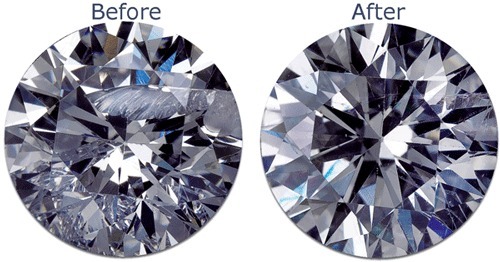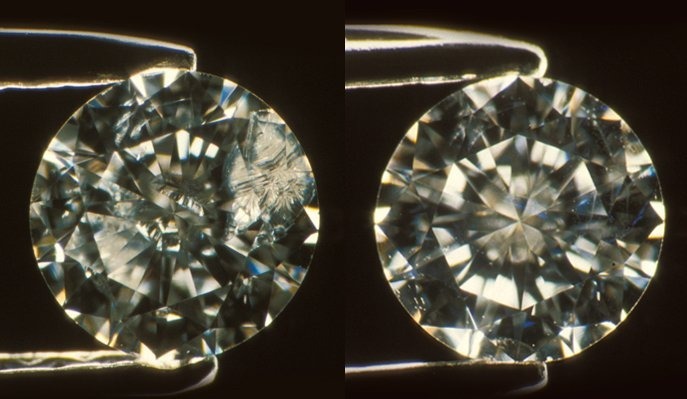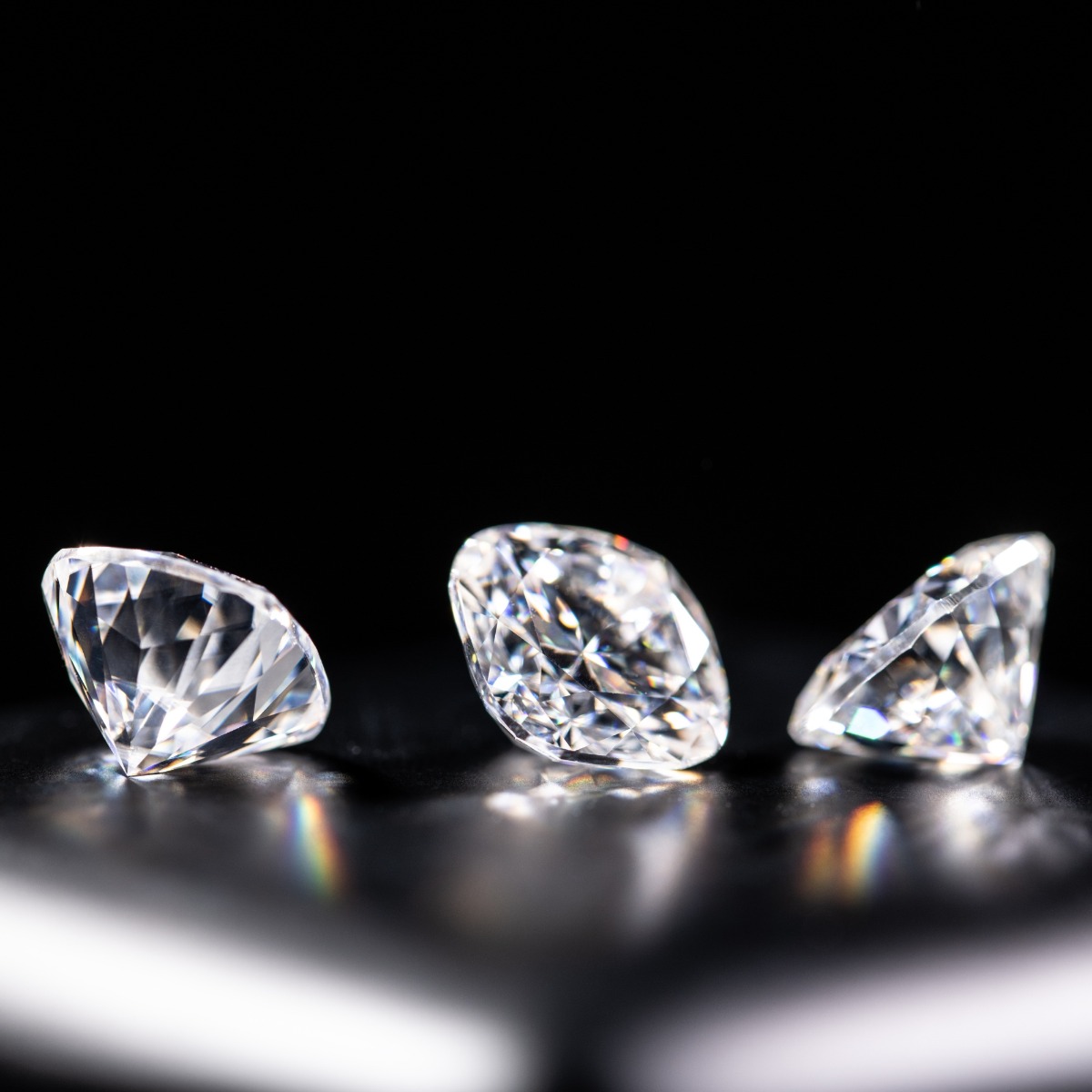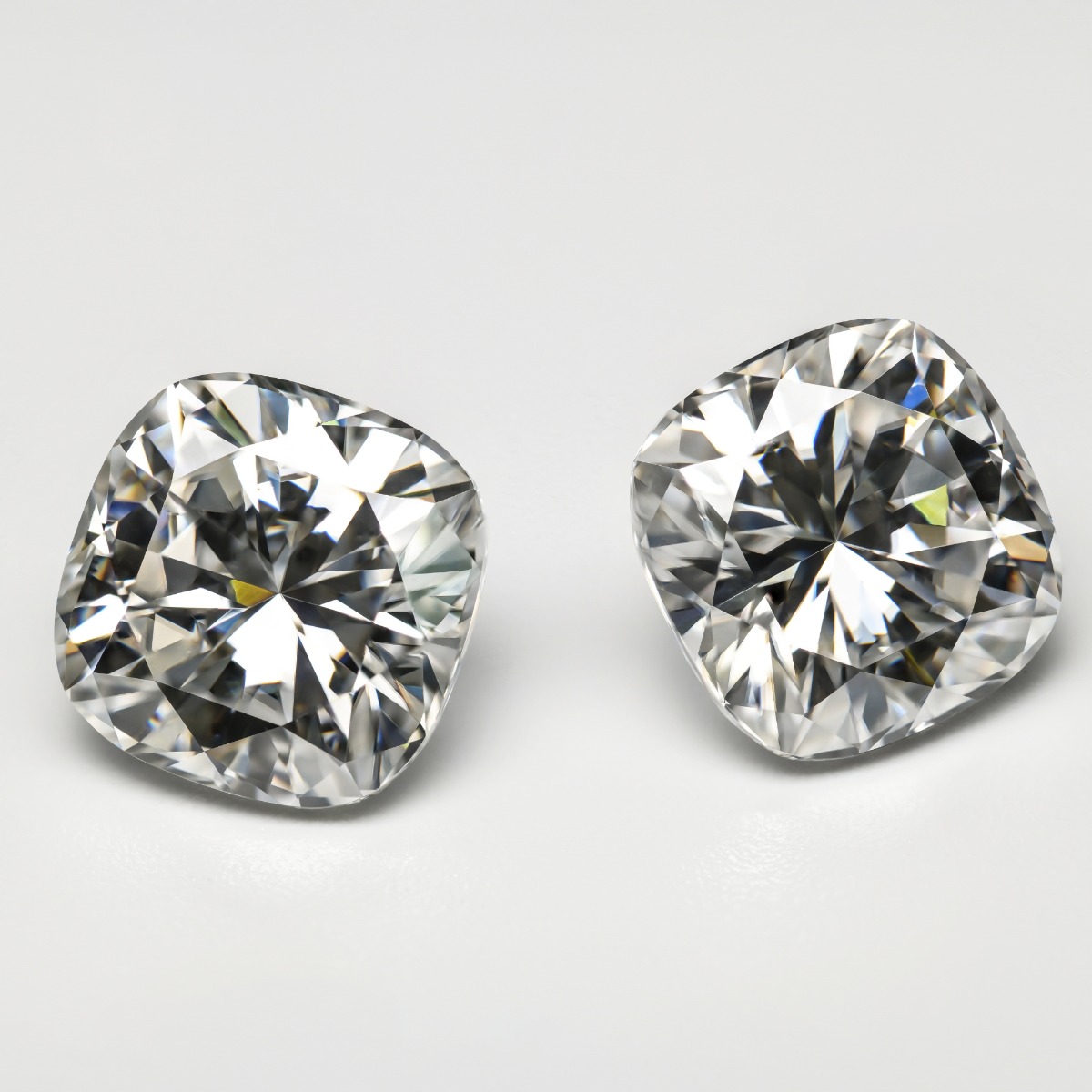When it comes to buying a diamond, most people dream of that perfect sparkle, but not all diamonds shine the same way naturally. Many dazzling stones on the market today are treated diamonds, real diamonds that have undergone advanced processes to improve their clarity, color, or overall appearance. But what exactly does “treated” mean? Is it just a cosmetic enhancement or something more?
1. Understanding treated diamonds
Treated diamonds are either natural or lab-created diamonds that have undergone physical or chemical enhancements to improve their appearance. These treatments are designed to fix imperfections such as poor clarity, unwanted color, or visible inclusions that would otherwise reduce the diamond’s appeal. While these stones are still real diamonds, their brilliance is not purely the result of nature, but also of human innovation.
Thanks to these techniques, treated diamonds can offer impressive sparkle and clarity at a more affordable price compared to untreated natural diamonds. However, the treatments can also affect the stone’s durability. For example, the filling materials used in clarity enhancement can be sensitive to heat or harsh chemicals.

What are treated diamonds? Should you buy one?
2. Common enhancement techniques used in treated diamonds
Behind the dazzling sparkle of treated diamonds lies a series of advanced technological processes designed to enhance the stone’s clarity, color, and overall appearance. These treatments are typically applied to natural diamonds of lower quality - stones that would otherwise be difficult to sell due to visible flaws.
2.1. Fracture Filling
This method involves injecting a special substance into surface-reaching cracks or fractures inside the diamond. The filling makes the stone appear more transparent and brilliant, though it may be sensitive to heat and certain cleaning chemicals over time.
2.2. Irradiation
A process where the diamond is exposed to radiation to alter its atomic structure and create vibrant colors such as blue, green, yellow, or pink. It is often followed by heat treatment to stabilize the new color.
2.3. High Pressure High Temperature (HPHT)
This technique replicates the extreme pressure and temperature conditions found deep within the Earth to enhance the diamond’s color or clarity. It is widely used on both natural and lab-grown diamonds.
2.4. Coating
A thin layer of colored material is applied to the diamond’s surface to give it a unique hue, such as purple, pink, or teal. However, this coating can wear off or be scratched if not handled with care.

What are treated diamonds? Should you buy one?
It is important to note that these techniques are usually reserved for natural diamonds with poor initial quality, which is why treated diamonds are often priced significantly lower than untreated diamonds of similar appearance. While they offer visual appeal at a more accessible cost, buyers should be well-informed about the nature and limitations of treated stones before making a purchase.
3. Pros and cons of treated diamonds you should know
Before purchasing a diamond, it’s important to weigh the pros and cons, especially when considering treated diamonds. While they offer impressive beauty at a more affordable price, there are trade-offs that buyers need to understand clearly.
3.1. Advantages of treated diamonds
More affordable price: One of the biggest benefits of treated diamonds is their cost. Compared to untreated natural diamonds of similar size and appearance, treated ones are significantly cheaper, making them more accessible to budget-conscious buyers.
Enhanced appearance and color variety: Through modern enhancement techniques, treated diamonds often have improved clarity and offer a wide range of colors like blue, yellow, or pink, catering to various style preferences.

What are treated diamonds? Should you buy one?
3.2 Disadvantages of treated diamonds
Lower durability in some cases: Treatments like fracture filling or surface coating can make the diamond more vulnerable to scratching or damage, especially when exposed to heat or harsh chemicals.
Not ideal for long-term investment: Because they are altered from their original state, treated diamonds typically don’t hold value as well as untreated natural diamonds. Their resale value is often lower and less predictable.
Difficult to identify without certification: It’s nearly impossible for the average buyer to distinguish a treated diamond from a natural one without proper gemological testing. This makes certification from a trusted lab essential when buying treated stones.
4. Should you buy treated diamonds?
The question of whether you should buy treated diamonds comes down to your priorities and how you intend to use the stone.
If you’re looking for a beautiful diamond with enhanced sparkle, vibrant color, and a more affordable price tag, then treated diamonds can be a smart and attractive choice. They offer great visual appeal at a fraction of the cost of untreated natural diamonds, making them ideal for those with a limited budget who still want something elegant and eye-catching.
However, if you're shopping for a diamond that you plan to wear daily, like an engagement ring, or you're considering diamonds as a long-term investment, it’s important to think twice. Some treatment methods can affect the durability of the stone over time, and treated diamonds generally hold less resale value compared to their untreated counterparts. Without proper documentation, it may also be harder to assess the true worth of the stone in the future.

What are treated diamonds? Should you buy one?
In the end, choosing between natural and treated diamonds comes down to your priorities, whether it’s budget, appearance, or long-term value. Treated diamonds offer an accessible path to owning a brilliant gemstone without compromising on beauty, but they do require a bit more awareness and careful selection. As long as you buy from a reputable jeweler and fully understand what treatments have been applied, treated stones can be a smart and stunning choice. The most important thing? Finding a diamond that truly speaks to you, treated or not.
